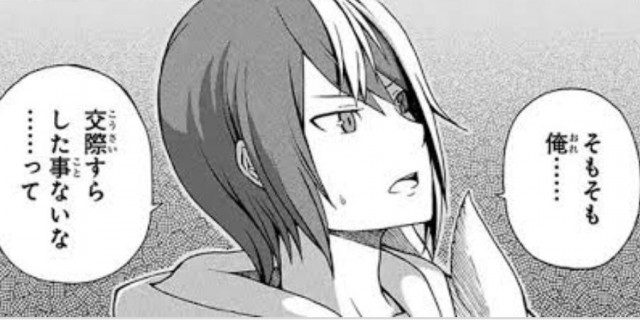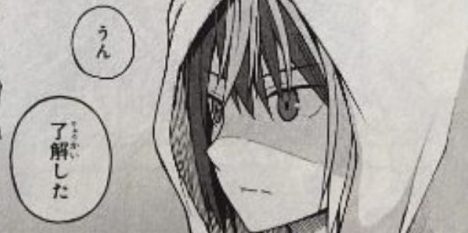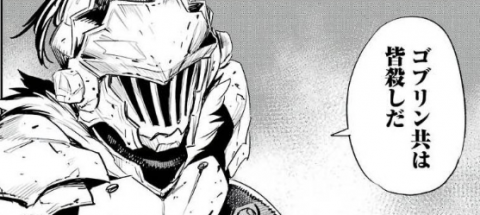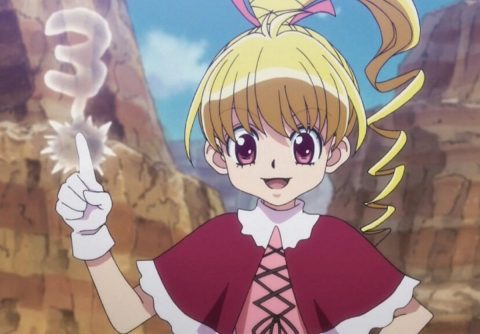"Guild of Immorality" is a manga by Kawazoe Taichi that is serialized in "Monthly Shonen Gangan." As of the publication of volume 9, it has become a popular work that has sold over 1 million copies in total. It is set in a Western-style fantasy world and the theme is the monster hunting carried out by the hero and heroine. While there are many comedic elements, there are also serious developments and sometimes extreme depictions, which has attracted many readers. In this article, we would like to introduce the protagonist, Kikuru Madan!
What kind of story is it?

After graduating high school, Kikuru Madan got a job as a "guard" who defeats monsters, and he spent all his time training and practicing, and before he knew it, he hadn't met anyone. Kikuru wanted to quit the guard and go to college, but there was also the problem that if Kikuru quit, the town's security could collapse. Enome, a guild employee who thought that Kikuru was quitting because he had no opportunities to meet people, introduced him to Hitamuki, a beautiful beast girl, but Kikuru had been thinking of making Hitamuki his successor and quitting himself. However, Hitamuki was very weak, so Kikuru decided to train Hitamuki so that he could retire in peace. In addition to Hitomu, many other rookie guards are taught by Kikuru, but they also have their pros and cons and it is difficult to get along. Kikuru deepens the bond with them while lamenting that he is moving away from the youth he had imagined.
The main character is Kikuru Madan

The main character. His job is a hunter and he is 20 years old. He fights with a bow and arrow and a short sword. He has green hair with some white bangs. He boasts exceptional physical abilities and has the ability to adapt flexibly to various situations. He has been undergoing very rigorous training since he was a child. Thanks to that, he is active as a guard with the highest number of kills in his local area.
Kikuru's worries

Kikuru has grown into a skilled guard through training since childhood, but he has a worry. That is, he has devoted his life to training so much that he has no contact with the opposite sex. Kikuru, who wanted to go to college and enjoy campus life like his peers, asks to quit his job. Hoping to keep him, the guild assigns Kikuru to train new guards of the opposite sex in an attempt to somehow provide an opportunity for him to meet the opposite sex. Kikuru's intention was to make the new guard his successor once he was fully trained and then retire himself. Perhaps because he is so keen to retire early, he refrains from appearing in the media despite being the local ace, and has a low presence. Also, training has become a daily routine for him, and he is the type of person who cannot relax unless he is in training.
He was meant to retire so soon, but...?

When Kikuru was introduced to Hitamuki, a new guard of the opposite sex, he thought he would make Hitamuki his successor and leave the area in charge. However, when he actually went to the battlefield, Hitamuki was very weak and was not in a position to compete with the monsters. On the contrary, it seems that he has a nature that attracts monsters, and he ends up being humiliated by them. Feeling uneasy about Hitamuki's fighting ability, Kikuru decides to train Hitamuki so that he can retire in peace. Besides Hitomuki, several other new guards appear, but they are all difficult characters and will give you a lot of trouble.
Summary of the main character Kikuru Madan
Kikuru wants to retire from guarding as soon as possible and live campus life, but he is at the mercy of the eccentric heroines, including Hitomuki, and it is difficult for him to retire. It is interesting to watch, even though it seems difficult, and thanks to Kikuru's unique character, who also plays the straight man, the story never gets boring. There are many sexually explicit depictions in the battle scenes, but I am curious to know how they will be portrayed in the anime and whether there will be any restrictions! That's all for now. Thank you for reading.




